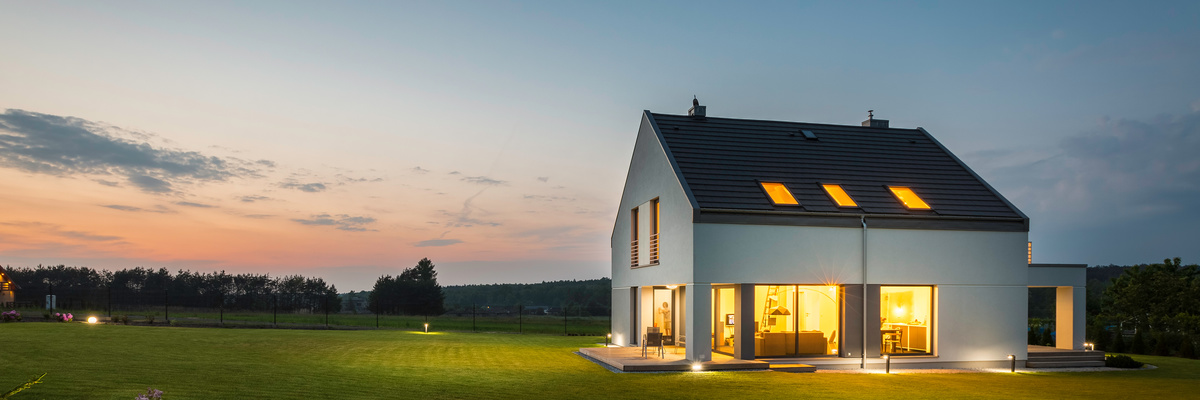What is MVHR? - Mechanical Ventilation Heat Recovery
MVHR Units & All the Information You Need to Know!

When we started designing and supplying ventilation systems the main reason to have a system was to recover the heat normally lost through the conventional bathroom extractor fans and air supply vents built into the windows and walls in every room and it achieves this very well with recovering over 90% of the normally lost heat.
But it does so much more and is now more important than most other systems you will be installing into your home!
- Improving the indoor air quality by filtering all the incoming air
- Prevents mould and condensation
- Provides natural cooling in warm weather by supplying fresh filtered air
- Removes bad odours
- Helps with asthma and other health issues
- Distributes heat evenly throughout your home
- Eliminates the need for bathroom extractor fans and window air vents
- Complies with all building control regulations
- And of course, recovers up to 90% of your normally wasted heat
Building control and legislation?
Over the last decade there has been increasing demand on builders, architects and government legislation to increase the thermal efficiency of our homes making them draught free and well insulated. This in turn has caused poorer air quality which can significantly increase the effects of asthma and other respiratory problems, health problems, condensation, mould, dust mites, unpleasant smells and build-up of toxic gases.
For health reasons Government legislation now makes it almost compulsory for your new air tight home to have a balanced mechanical ventilation system and a heat recovery ventilation system is the most preferred option.
How Does a HRV (MVHR system) Work?
A ventilation system with heat recovery (HRV) or (MVHR system) is an energy efficient, controlled and balanced ventilation system. It extracts the moist, stale air from all the wet rooms in your house and replaces it with filtered, fresh, recovered warm air to all your habitable rooms and bedrooms without letting the heat escape.
Your home is fully ventilated throughout the year with as much as 95% of the normally wasted heat being recovered providing you substantial energy savings. A heat recovery system allows your property to stay air tight with no window vents or bathroom extractors being required, creating a healthier and quieter environment.
How hard is it to install?
Installing a heat recovery unit is quickly becoming a necessity rather than a lifestyle choice and in recent years they have also become much more targeted towards DIY installs with all products being easy to fit and connect whilst maintaining an efficient and quiet operating system.
Don't worry we also have a large network of installers and can supply a full installation system if required.
On completion of the installation the system will require commissioning and we can help you with this or provide an installer local to your area to commission the system.
Can you install an HRV system to an existing house?
It is possible to install to an existing house, but good planning and design is critical, If your house is a bungalow the installation would be very easy as all ductwork would be in your attic space but if your house has a number of floors we would have to work with you to provide solutions to drop ductwork to the rooms below through service voids like wardrobes and storage rooms. Do you require installation? Fill in our quick contact online form for more information!
Can you install in a period house with normal levels of insulation?
We have installed systems to a lot of period houses and even a castle, you will not be able to achieve the maximum heat recovery rate of 90% but you will achieve almost all the advantages including fresh filtered air and condensation control.
Maintenance
A MVHR unit, like any other building service, requires maintenance and servicing throughout their lifetime to ensure consistent energy efficient ventilation is provided to the home.
Filters are fundamental to Guaranteed Installed Performance, efficiency and indoor air quality (IAQ) and should be cleaned or replaced every 6-12 months.
The heat exchanger is designed to last the lifetime of the unit and should every cleaned 3 to 5 years with an antibacterial cleaner.
Get Duco MVHR Installation Manuals and Product Catalogues.
Indoor Air Quality
These systems can provide several filtration options depending on the occupants and location of the building
- G3 & G4 filters are suitable for general filtration in rural locations or areas of normal outdoor air quality
- F7 filters are classed as pollen filters and provide a good level of protection against pollen
- HEPA filters are for high filtration and are suitable for occupants with severe asthma and health issues
- ION filtration uses electric to capture bacteria and air Bourne pollens to below PM2.5
- Activated sprayed carbon – are reusable carbon filters that combat smells and daily contaminants from minimal road traffic
- NO2 or NOX filters are expensive disposable carbon filters suitable for areas with high contamination of diesel fumes and particles


